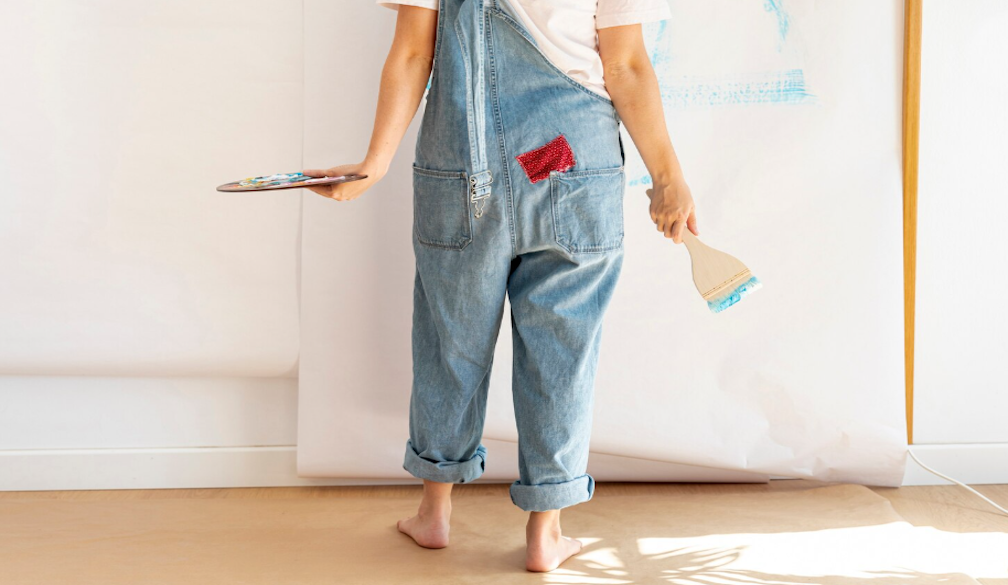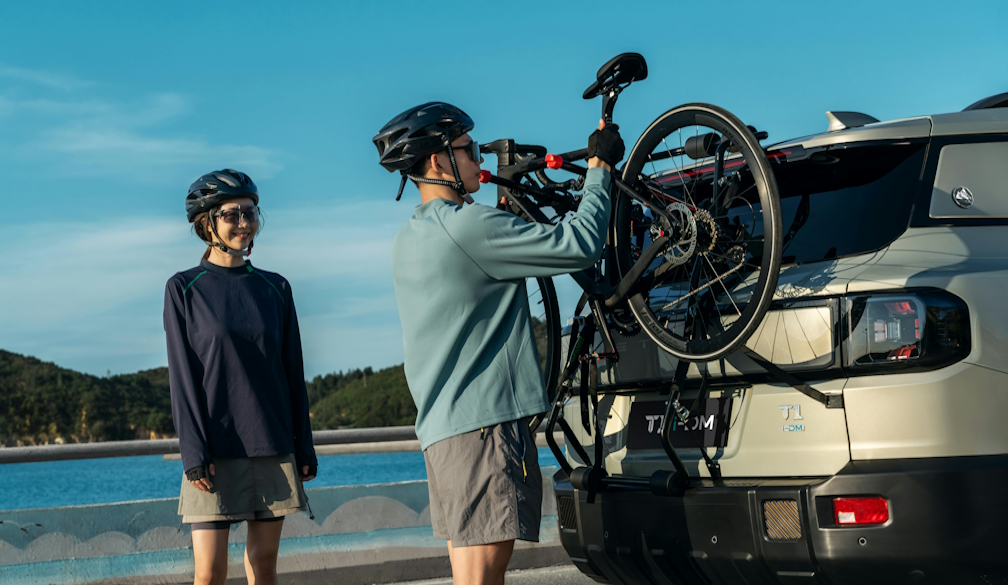Changing the Australian Constitution was always meant to be difficult – here's why
- Written by Anne Twomey, Professor of Constitutional Law, University of Sydney
Debates about constitutional change in Australia inevitably raise the poor success rate of referendums. Only eight out of 44 attempts have ever succeeded and there has not been a successful constitutional change since 1977.
So why was the referendum chosen as the means of amending our federal constitution, and was it really intended to be so hard to succeed?
In the 1890s, adopting a referendum as the means of amending the constitution was quite radical. None of the countries from which the framers of the constitution drew precedents and inspiration – the United Kingdom, Canada and the United States – used a referendum.
Why then did Australia take a different path and entrust the people with the final decision on constitutional change?
The UK supported flexible constitutions and easy change
In the United Kingdom, the view was taken that every generation had the right to change the constitution to suit its own needs. Accordingly, it did not have a formal constitution with restrictions on how it could be amended. Instead, the UK had a range of legislation dealing with constitutional matters that could be changed by the vote of an ordinary majority in parliament.
In the 1850s, when the New South Wales Constitution was being enacted, NSW politicians wanted to:
frame a Constitution in perpetuity for the colony – not a Constitution which could be set aside, altered and shattered to pieces by every blast of popular opinion.
But the British government inserted an overriding provision in the statute that approved the NSW Constitution, which allowed the constitution to be amended by ordinary legislation passed by the NSW parliament. They sought to ensure that the people, through their parliamentary representatives, were free to change their constitution as and when it suited them.
Federal systems need rigid constitutions and more difficult change
When it came to making a constitution for an Australian federation, such flexibility was not possible.
A federal constitution confers different powers at the federal and state level. If the federal parliament had the power to change it by passing ordinary legislation, then all powers and protections of the states could be easily removed, destroying the federal system. That meant that a “rigid” or “entrenched” constitution was needed – one that could not be amended simply at the behest of one level of government.
The two obvious federal examples to draw on were Canada and the United States. The Constitution of Canada was set out in a British statute of 1867. Because it did not contain an internal mechanism to amend the constitution, only the British parliament could amend it.
The framers of the Australian Constitution did not want to go begging to Westminster whenever they wanted to amend their constitution. They wanted control over the constitution to rest in Australian hands. So they rejected the Canadian approach.
The other well-known federal example was the United States. Despite all the constitutional rhetoric of “we, the people”, the US Constitution has never been amended by a direct vote of the people. Instead, it requires a constitutional amendment to be initiated and ratified by a combination of special majorities of votes in Congress, the state legislatures or especially established conventions. The people do not get a direct say.
How the referendum was seen in the 1890s
In the 1890s, the referendum became the subject of much study and interest outside its existing use in Switzerland and in parts of the United States at state and local level.
One strong and influential supporter of the referendum in the United Kingdom was A. V. Dicey. This was surprising, as he is best known for his support of parliamentary sovereignty. But Dicey saw the referendum as both democratic and conservative. In 1890 he said:
It is democratic, for it appeals to and protects the sovereignty of the people; it is conservative, for it balances the weight of the nation’s common sense or inertia against the violence of partisanship and the fanaticism of reformers.
Dicey was opposed to Home Rule for Ireland and saw the referendum as a means of allowing the people to veto constitutional change that would otherwise be imposed on the country due to party-political considerations.
In 1894, he described the referendum as “the People’s Veto”. In words that might well resonate today, he expressed concern that
the art of Party warfare is turning into the art of bribing and confusing voters.
To him, the referendum was a means of defeating change by relying on the general reluctance of people to risk the unknown. It is as if he had foreseen the history of federal referendums in Australia.
Why Australia chose the referendum
The idea of adopting the referendum, both as a means of approving a federal constitution and later amending it, was raised by Alfred Deakin in 1890 and Charles Kingston in 1891. They approached the issue as one of democracy, rather than conservatism.
Nonetheless, the 1891 Constitutional Convention rejected the proposal for a referendum. Sir Samuel Griffith argued that constitutional change was complex and it was not practicable for voters to be familiar with every detail. He considered an elected convention of political experts was better suited to dealing with such issues.
The convention ultimately approved a model similar to that in the United States, involving passage of an amendment by an absolute majority of both houses of the federal parliament, then approval by special conventions in a majority of states.
By the time of the 1897 Constitutional Convention, however, Griffith was gone and those supporting a form of more direct democracy prevailed. The referendum was chosen, but it was still to be subject to several hurdles.
There was no intention that the constitution be easy to change. Tasmanian Premier Sir Edward Braddon observed that the feeling of the convention was:
… that it should be made as difficult as possible to amend the Constitution.
While it was not to be made “absolutely impossible”, the constitution should not be easily capable of change upon “any fluctuation of public opinion” or in response to a crisis of a temporary character.
What is needed for a referendum to pass?
So what hurdles must be overcome for the Australian Constitution to be amended?
First, the amendment must be approved by an absolute majority of each house of parliament, or it must be passed twice by an absolute majority of one house, with an interval of three months in between. This effectively gives the federal government control over what goes to a referendum, because even if the Senate alone approves a referendum, it still requires the governor-general to put it to the referendum. On the only occasion this occurred, in 1914, the governor-general acted on the advice of the government not to hold the referendum.
Secondly, once a constitutional amendment is put to a referendum, it has to be passed by a majority of all the electors who vote. Since 1977, this has included electors in the territories.
Thirdly, a referendum must also be approved by a majority of voters in a majority of the states. That means that there has to be majority “yes” vote in four of the six states.
Read more: The Indigenous community deserves a voice in the constitution. Will the nation finally listen?
There are also special requirements if the constitutional change would diminish the proportionate or minimum parliamentary representation of a state or affect the borders of a state, in which case the approval of a majority of electors in the affected state is required.
The political hurdles to referendum success
These are the legal and constitutional hurdles. But as Dicey noted in the 1890s, and many others have since, there are numerous political reasons why referendums fail. These include poor proposals, fear of change, political opportunism by governments or oppositions, a low level of public understanding of constitutional matters, poor campaigning and sheer inertia or public disinterest.
Constitutional change in Australia is always an uphill battle, but that is no reason to shirk it. Instead, it should be a spur to produce better proposals for constitutional change, develop strong and clear arguments for reform, cultivate widespread public support and undertake vigorous, but honest, campaigns.
Anne Twomey has received funding from the Australian Research Council and occasionally does consultancy work for governments and inter-governmental bodies.
Authors: Anne Twomey, Professor of Constitutional Law, University of Sydney





















